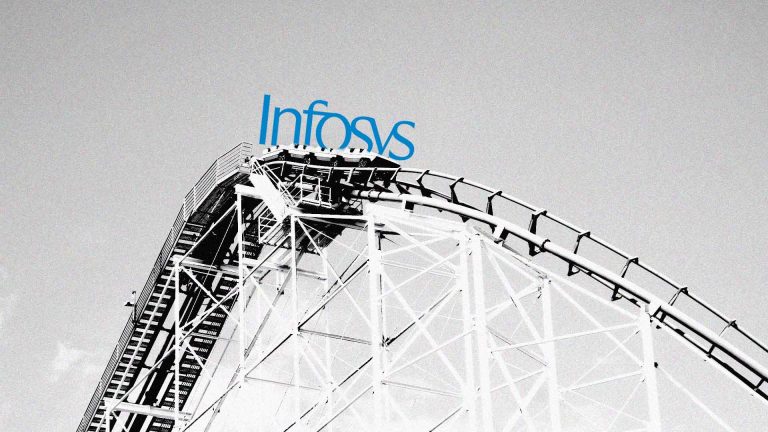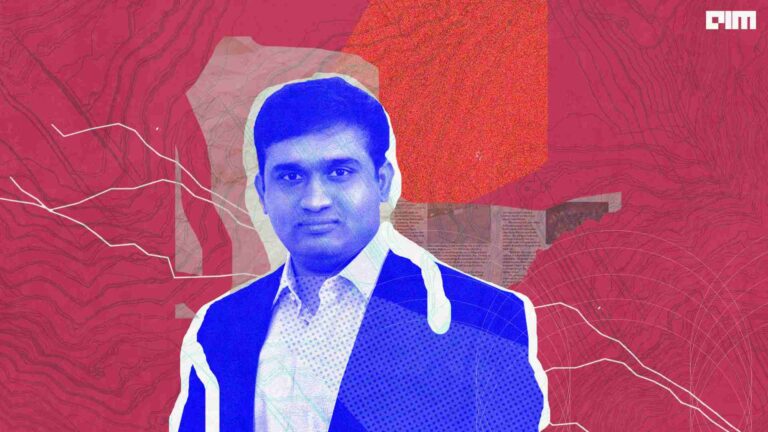 In the story of Artificial Intelligence, the periods of between 1974–80 and 1987–93 are often referred to the AI Winter. That was a time when following a time of hype and heightened expectation about the topic, and because of failure to adequately identify clear business or social benefit, governments reduced funding into research.
In the story of Artificial Intelligence, the periods of between 1974–80 and 1987–93 are often referred to the AI Winter. That was a time when following a time of hype and heightened expectation about the topic, and because of failure to adequately identify clear business or social benefit, governments reduced funding into research.
As a result AI fell out of interest and took some years to regain momentum. In fact, to label a project as having an AI component was often viewed as the ‘kiss of death’, and as a result projects were renamed to improve their chance of success.
Readers will be aware of the degree of current high level of interest in the topics of cognitive analytics – perhaps not to the same degree as AI but certainly with the potential for both hype and exaggeration.
It was not only hype and exaggeration which made the AI water ‘cold’. Lack of government investment was directly related to the global economy which tightened dramatically during those two periods. If governments had to make cuts, then where else than in unproven and rather speculative research areas.
Today we live in equally volatile times. The increased tendency of national protectionism not only hurts global trade but affects the transfer of knowledge. Isn’t national protectionism a symptom of the economic climate rather than the cause? And if protectionism is about saving jobs, where’s the economic incentive of creating analytical systems which increases unemployment?
Could India’s tech industry might also be at risk of entering some form of ‘AI Winter’. If so, how will this impact on innovation, and what can be done to avoid such a climate? One option at least is that of avoiding hype by being realistic about the actual and potential benefits which could emerge, which normally demands high levels of transparency and truthfulness.
Perhaps it’s also time to focus more on the social rather than the commercial benefits? With Indian unemployment running at about 7% (with considerable difference between urban and rural rates,) effective use of analytics through better understanding of trends and opportunities could provide one method not only of ensuring a stable economy but creating a growing one in India into the next decade.

















































































